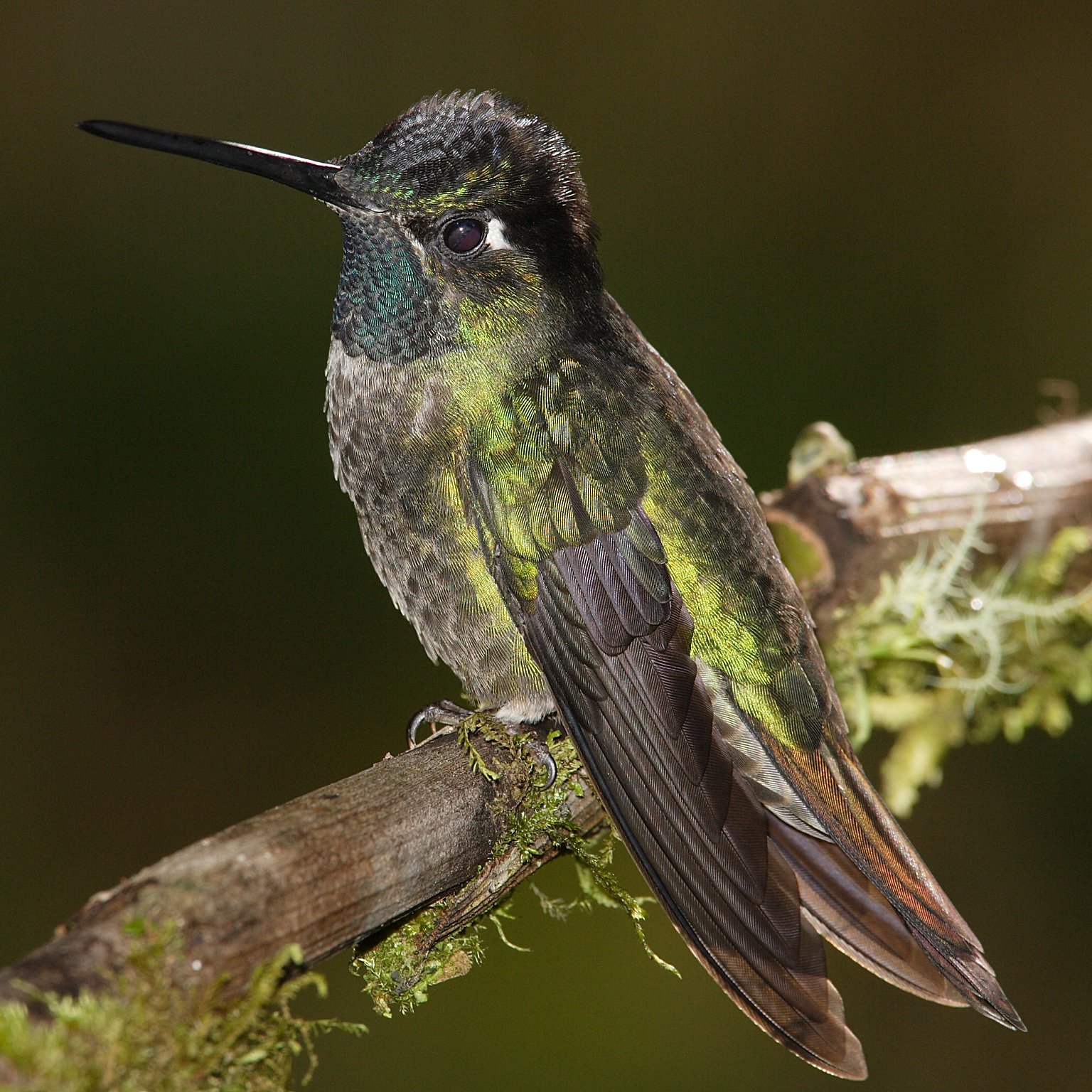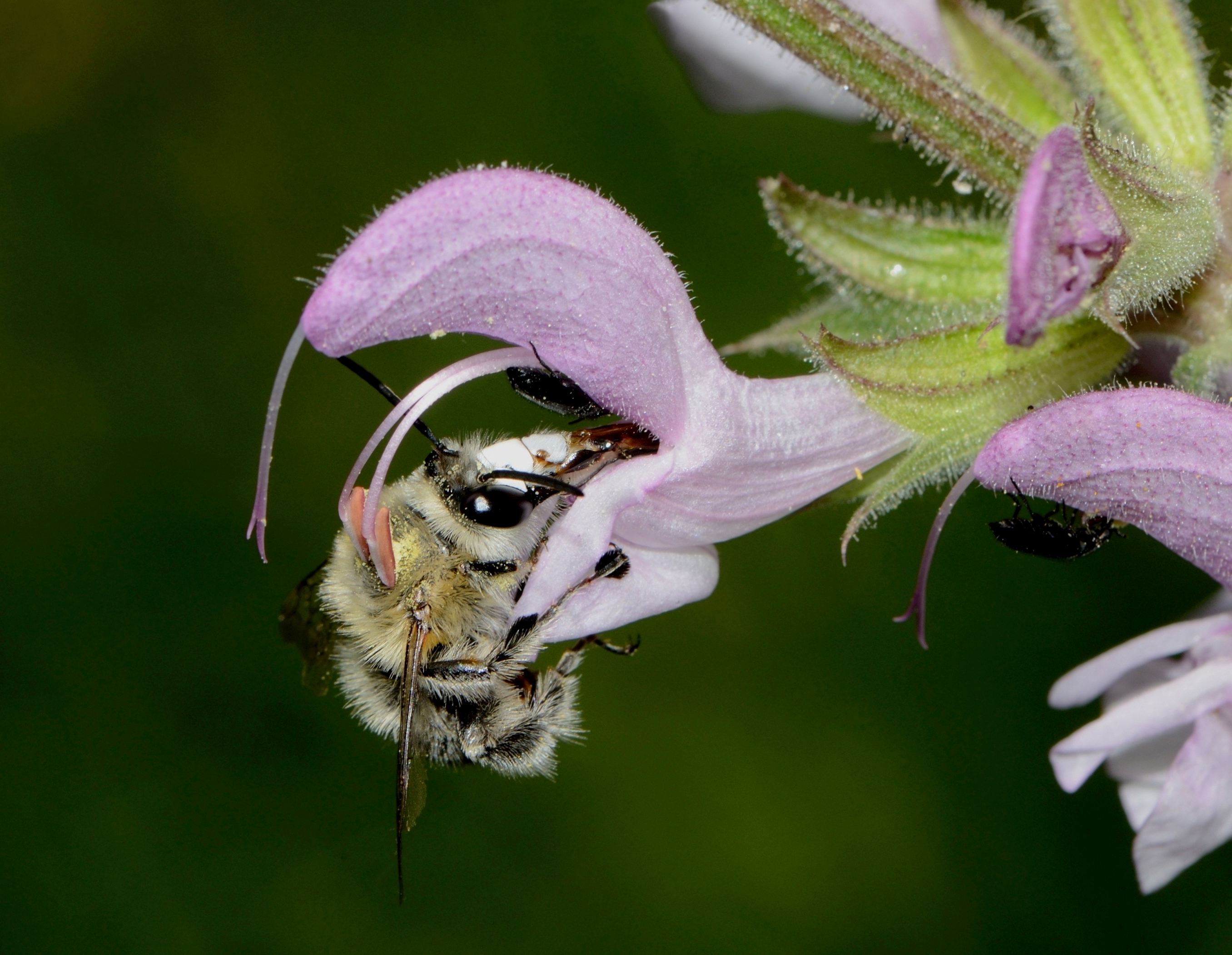|
Salvia 'Celestial Blue'
''Salvia'' 'Celestial Blue' (also known as celestial blue sage or Las Pilitas sage), is a hybrid cross between ''Salvia clevelandii'' (Cleveland sage or chaparral sage) and '' S. pachyphylla'' (Rose's sage or mountain desert sage), and possibly involving ''Salvia'' 'Pozo Blue' — which is itself a cross between ''S. clevelandii'' and ''S. leucophylla'' (purple sage). The hybrid parents are native to California. The plant is a perennial evergreen, with a rounded growth habit and a moderate growth rate. It can tolerate full sun and is adaptable to numerous soil conditions, and is cold hardy down to 15°F. The foliage smells of musk, and the large, pale violet to periwinkle blue flowers are attractive to bees, hummingbirds, and butterflies. An extremely drought- and heat-tolerant plant, introduced by Las Pilitas, a California native plant nursery, in 1999. It is cultivated in gardens and public landscapes. References External linksLas Pilitas website celestial Blue Cel ... [...More Info...] [...Related Items...] OR: [Wikipedia] [Google] [Baidu] |
Salvia Clevelandii
''Salvia clevelandii'', the fragrant sage, blue sage, Jim sage and Cleveland sage, is a perennial plant that is native to Southern California and northern Baja California, growing below elevation in California coastal sage and chaparral habitat. The plant was named in 1874 by Asa Gray, honoring plant collector Daniel Cleveland. Description ''Salvia clevelandii'' is an evergreen shrub that reaches in height and width. The fragrant, ashy green leaves are obovate and rugose, growing less than long. Flowers are on spikes, with numerous whorls of upright amethyst blooms opening in June–July. Phytochemistry The rose potpourri scented foliage of hybrids is composed of camphor and 1,8-cineole. Named cultivars with a eucalyptus scent also contain around 20% 1,8-cineole. Taxonomy This species was described in 1874 as ''Audibertia clevelandii'' (the basionym) by Asa Gray, named in honor of Daniel Cleveland. Cleveland was an amateur botanist and civic leader from San Diego, w ... [...More Info...] [...Related Items...] OR: [Wikipedia] [Google] [Baidu] |
Salvia Pachyphylla
''Salvia pachyphylla'' (the rose sage, blue sage, or mountain desert sage) is a perennial shrub native to California, Nevada, and Arizona. In California, it grows between elevation on dry rocky slopes, blooming from July to September. It reaches high, with blue-violet flowers, rarely rose, growing in dense clusters. In the course of a study of the chemical composition of the flora used in Latin American traditional medicine, Ivan C. Guerrero and coworkers have performed phytochemical studies of extracts of the aerial parts from ''Salvia pachyphylla'' and ''Salvia clevelandii ''. The major secondary metabolites were isolated from these species and the ''in vitro'' cytotoxic effects against five human cancer cells were reported for eight of the compounds obtained: carnosol, rosmanol, 20-deoxocarnosol, carnosic acid, isorosmanol, 7-methoxyrosmanol, 5,6-didehydro-''O''-methylsugiol, 8β-hydroxy-9(11),13-abietadien-12-one, 11,12-dioxoabieta-8,13-diene, and 11,12-dihydroxy-20-nor ... [...More Info...] [...Related Items...] OR: [Wikipedia] [Google] [Baidu] |
California
California is a state in the Western United States, located along the Pacific Coast. With nearly 39.2million residents across a total area of approximately , it is the most populous U.S. state and the 3rd largest by area. It is also the most populated subnational entity in North America and the 34th most populous in the world. The Greater Los Angeles area and the San Francisco Bay Area are the nation's second and fifth most populous urban regions respectively, with the former having more than 18.7million residents and the latter having over 9.6million. Sacramento is the state's capital, while Los Angeles is the most populous city in the state and the second most populous city in the country. San Francisco is the second most densely populated major city in the country. Los Angeles County is the country's most populous, while San Bernardino County is the largest county by area in the country. California borders Oregon to the north, Nevada and Arizona to the ea ... [...More Info...] [...Related Items...] OR: [Wikipedia] [Google] [Baidu] |
Hybrid (biology)
In biology, a hybrid is the offspring resulting from combining the qualities of two organisms of different breeds, varieties, species or genera through sexual reproduction. Hybrids are not always intermediates between their parents (such as in blending inheritance), but can show hybrid vigor, sometimes growing larger or taller than either parent. The concept of a hybrid is interpreted differently in animal and plant breeding, where there is interest in the individual parentage. In genetics, attention is focused on the numbers of chromosomes. In taxonomy, a key question is how closely related the parent species are. Species are reproductively isolated by strong barriers to hybridisation, which include genetic and morphological differences, differing times of fertility, mating behaviors and cues, and physiological rejection of sperm cells or the developing embryo. Some act before fertilization and others after it. Similar barriers exist in plants, with differences in floweri ... [...More Info...] [...Related Items...] OR: [Wikipedia] [Google] [Baidu] |
Salvia Leucophylla
''Salvia leucophylla'', the San Luis purple sage, purple sage, or gray sage, is an aromatic sage native to the southern coastal mountain ranges of the Californias. Description ''S. leucophylla'' is an evergreen shrub that grows up to tall and wide. The leaves are a light green in the spring, turning grayish-white as they mature, with graceful branches that arch to the ground, sometimes rooting when they touch the ground. Flowers grow in tight whorls on long inflorescences, with a pinkish-purple flowering stem. The flowers are pinkish-purple, held in a purple-tinged gray calyx. Taxonomy The plant's specific epithet, ''leucophylla'', describes the light grayish leaves. The type specimen was collected near Santa Barbara, California, by Scottish botanist David Douglas and named by Edward Lee Greene in 1892. The common names refer to the pale purple flowers (purple sage) or to the grayish leaves (gray sage). Distribution and habitat The plant is native to the southern coas ... [...More Info...] [...Related Items...] OR: [Wikipedia] [Google] [Baidu] |
California Native Plant Society
The California Native Plant Society (CNPS) is a California environmental non-profit organization (501(c)3) that seeks to increase understanding of California's native flora and to preserve it for future generations. The mission of CNPS is to conserve California native plants and their natural habitats, and increase understanding, appreciation, and horticultural use of native plants throughout the entire state and California Floristic Province. History California Native Plant Society was founded in 1965 by professional botanists and grassroots activists who, after saving an important native plant garden in Berkeley's Tilden Regional Park, were inspired to create an ongoing organization with the mission to save and promote the native plants of California. Structure For 50 years, professional CNPS staff and volunteers have worked alongside scientists, government officials, and regional planners to protect habitats and species, and to advocate for well-informed environmental pract ... [...More Info...] [...Related Items...] OR: [Wikipedia] [Google] [Baidu] |
Theodore Payne Foundation
The Theodore Payne Foundation for Wild Flowers and Native Plants — or TPF, is a private, non-profit organization founded in 1960 to promote the understanding and preservation of California native plants. It continues the work of Theodore Payne, an English horticulturist, gardener, landscape designer, and botanist.Theodore Payne Foundation . accessed 5.25.2014. The Foundation is located in , in the northeastern San Fernando Valley and western |
Hummingbird
Hummingbirds are birds native to the Americas and comprise the biological family Trochilidae. With about 361 species and 113 genera, they occur from Alaska to Tierra del Fuego, but the vast majority of the species are found in the tropics around the equator. They are small birds, with most species measuring in length. The smallest extant hummingbird species is the bee hummingbird, which weighs less than . The largest hummingbird species is the giant hummingbird, weighing . They are specialized for feeding on flower nectar, but all species also consume flying insects or spiders. Hummingbirds split from their sister group, the swifts and treeswifts, around 42 million years ago. The common ancestor of extant hummingbirds is estimated to have lived 22 million years ago in South America. They are known as hummingbirds because of the humming sound created by their beating wings, which flap at high frequencies audible to humans. They hover in mid-air at rapid wing-flapping ra ... [...More Info...] [...Related Items...] OR: [Wikipedia] [Google] [Baidu] |
Butterfly
Butterflies are insects in the macrolepidopteran clade Rhopalocera from the order Lepidoptera, which also includes moths. Adult butterflies have large, often brightly coloured wings, and conspicuous, fluttering flight. The group comprises the large superfamily Papilionoidea, which contains at least one former group, the skippers (formerly the superfamily "Hesperioidea"), and the most recent analyses suggest it also contains the moth-butterflies (formerly the superfamily "Hedyloidea"). Butterfly fossils date to the Paleocene, about 56 million years ago. Butterflies have a four-stage life cycle, as like most insects they undergo complete metamorphosis. Winged adults lay eggs on the food plant on which their larvae, known as caterpillars, will feed. The caterpillars grow, sometimes very rapidly, and when fully developed, pupate in a chrysalis. When metamorphosis is complete, the pupal skin splits, the adult insect climbs out, and after its wings have expanded and dried, it fli ... [...More Info...] [...Related Items...] OR: [Wikipedia] [Google] [Baidu] |
Xerophyte
A xerophyte (from Greek ξηρός ''xeros'' 'dry' + φυτόν ''phuton'' 'plant') is a species of plant that has adaptations to survive in an environment with little liquid water, such as a desert such as the Sahara or places in the Alps or the Arctic. Popular examples of xerophytes are cacti, pineapple and some Gymnosperm plants. The structural features ( morphology) and fundamental chemical processes (physiology) of xerophytes are variously adapted to conserve water, also common to store large quantities of water, during dry periods. Other species are able to survive long periods of extreme dryness or desiccation of their tissues, during which their metabolic activity may effectively shut down. Plants with such morphological and physiological adaptations are .” Xeromorphic”, The Cambridge Illustrated Glossary of Botanical Terms, Michael Hickey, Clive King, Cambridge University Press, 2001 Xerophytes such as cacti are capable of withstanding extended periods of dry cond ... [...More Info...] [...Related Items...] OR: [Wikipedia] [Google] [Baidu] |
Native Species
In biogeography, a native species is indigenous to a given region or ecosystem if its presence in that region is the result of only local natural evolution (though often popularised as "with no human intervention") during history. The term is equivalent to the concept of indigenous or autochthonous species. Every wild organism (as opposed to a domesticated organism) is known as an introduced species within the regions where it was anthropogenically introduced. If an introduced species causes substantial ecological, environmental, and/or economic damage, it may be regarded more specifically as an invasive species. The notion of nativity is often a blurred concept, as it is a function of both time and political boundaries. Over long periods of time, local conditions and migratory patterns are constantly changing as tectonic plates move, join, and split. Natural climate change (which is much slower than human-caused climate change) changes sea level, ice cover, temperature, and r ... [...More Info...] [...Related Items...] OR: [Wikipedia] [Google] [Baidu] |
Salvia
''Salvia'' () is the largest genus of plants in the sage family Lamiaceae, with nearly 1000 species of shrubs, herbaceous perennials, and annuals. Within the Lamiaceae, ''Salvia'' is part of the tribe Mentheae within the subfamily Nepetoideae. One of several genera commonly referred to as sage, it includes two widely used herbs, ''Salvia officinalis'' ( common sage, or just "sage") and ''Salvia rosmarinus'' (rosemary, formerly ''Rosmarinus officinalis''). The genus is distributed throughout the Old World and the Americas (over 900 total species), with three distinct regions of diversity: Central America and South America (approximately 600 species); Central Asia and the Mediterranean (250 species); Eastern Asia (90 species). Etymology The name ''Salvia'' derives from Latin (sage), from (safe, secure, healthy), an adjective related to (health, well-being, prosperity or salvation), and (to feel healthy, to heal). Pliny the Elder was the first author known to describe a p ... [...More Info...] [...Related Items...] OR: [Wikipedia] [Google] [Baidu] |




_male_in_flight.jpg)


